Environmental safety regulations
Safety class
- Categories:Environmental safety regulations
- Time of issue:2020-08-25 00:00:00
- Views:0
UL

UL is the abbreviation of Underwriters Laboratories Inc. in the United States. An organization that tests and certifies the safety of industrial products from the standpoint of a third-party manufacturer.
UL was founded in 1894, and after nearly a hundred years of development, it has become an accredited certification body all over the world. Among them, the UL94 yellow card is the evaluation data on the safety of plastics tested and recognized by UL. The yellow card is also listed in the serial number and can be retrieved on the Internet.
UL is a safety mark recognized by the United States. There are three types of signs: one is only used in the United States, one is only used in Canada, and the other is common in the United States and Canada.
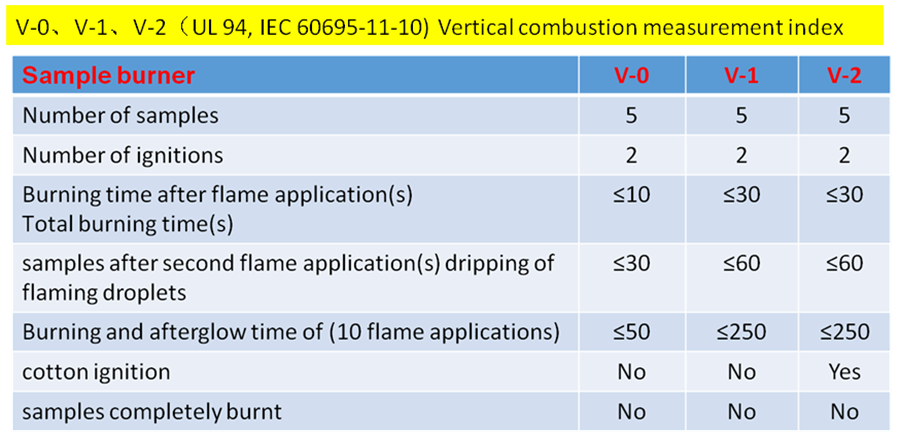
HWI
Meaning: the pyrophoricity of hot wire
Description: It is the abbreviation of Hot wire ignition. Wrap the nickel wire around the test piece and pass the specified current through it. According to the time until the start of combustion, the flame retardancy of the material is classified. It is level 1 if it takes 1 to 2 minutes to start burning.
The time to start burning is 7 to 15 seconds as level 4. The higher the level number, the easier the material will burn.
HAI
Meaning: the ignitability of high current arc
Explanation: Make the high current arc fly by the test piece. The flame retardancy of the material is classified according to the number of passes required to burn. The smaller the level number, the harder the material is to burn.
CTI
Meaning: Compared with the tracking resistance index
Description: It is the abbreviation of Comparative tracking index, and it is an index indicating the resistance to leakage. In a state where a voltage was applied to the surface of the insulator, the electrolyte solution was dropped on the surface of the molded article between the electrodes, and the leakage failure was evaluated up to the voltage. According to the withstand voltage value from 0 to 5 for classification. The smaller the number, the higher the leakage resistance.
RTI
Meaning: Long-term thermal aging temperature of materials
Explanation: It means that the performance of the material is reduced by 50% after 100,000 hours of use at this temperature (RTI). This index is used to infer the maximum temperature that the material can withstand in 100,000 hours through the accelerated aging test results of 6000 to 20000 hours, which is We usually refer to the long-term use temperature of plastics. The long-term use temperature of the material can be judged from the RTI value known from the UL yellow card.
RTI Elec stands for electrical properties; imp stands for non-impact mechanical properties; str stands for non-impact mechanical properties.
GWIT
Meaning: Glow wire ignition temperature
Description: It is the abbreviation of Glow wire ignition temparature, and is one of the flammability indicators specified by IEC. The GWIT test method is specified in the IEC60695-2-13 standard as follows. The GWIT temperature refers to the highest temperature (25°C is a scale) at which the test piece is in contact with the glow wire (red hot rod) for 30 seconds, plus the temperature value of 25°C. The recommended thickness of the test piece is 0.75, 1.5, and 3.0mm. The wall thickness of the final product produced according to it will be limited by the thickness of the test piece that has passed the test. Therefore, if you choose materials that are all qualified for the three recommended thicknesses, the wall thickness of the parts will not be restricted in any way, and it has nothing to do with the shape of the parts, and the glow-wire fire test (GWT) can be waived.
3C product certification
Compulsory certification
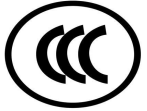
3C certification is the English abbreviation of the English name “China Compulsory Certification” (China Compulsory Certification System), and it is also a unified mark used by the country for compulsory product certification. As the national safety certification (CCEE), import safety and quality licensing system (CCIB), China electromagnetic compatibility certification (EMC) three-in-one "CCC" authoritative certification, it is the one of China's General Administration of Quality Supervision, Inspection and Quarantine and the National Certification and Accreditation Administration in line with international standards Advanced sign.
In December 2001, the General Administration of Quality Supervision, Inspection and Quarantine issued the "Management Regulations on Compulsory Product Certification", which replaced the original imported product safety and quality licensing system and electrical product safety certification system with a compulsory product certification system. China Compulsory Product Certification is referred to as CCC certification or 3C certification. It is a statutory and compulsory safety certification system, and it is also a basic practice widely adopted internationally to protect the rights and interests of consumers and maintain the safety of consumers' personal properties.
Products listed in the "Product Catalog for Compulsory Product Certification" include household appliances, automobiles, safety glass, wires and cables, toys and other products. It is the most basic safety certification.
CB
Voluntary certification
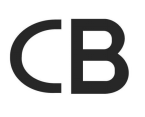
The CB system (IEC system for conformity testing and certification of electrical products) is an international system operated by IECEE. The certification bodies of each member country of IECEE test the safety performance of electrical products based on the IEC standard. The test result is the CB test. The report and CB test certificate are mutually recognized system in the member states of IECEE. The purpose is to reduce international trade barriers due to the need to meet the certification or approval criteria of different countries. IECEE is the abbreviation of the International Electrotechnical Commission's Electrotechnical Product Qualification Testing and Certification Organization. CB certification is limited to electrical and electronic products.
VDE certification

The full name of VDE is Prufstelle Testing and Certification Institute, which means the German Association of Electrical Engineers. A well-known German certification body directly participates in the formulation of German national standards. Like the UL certification mark, only the VDE company can authorize the use of the VDE certification mark for the VDE certification mark. Most people's understanding of VDE certification rests on the certification of electrical components. In fact, VDE testing can also issue EMC marks and VDE-GS marks in addition to traditional electrical components, wires and cables, plugs and other certifications. The VDE certification mark is applicable to some equipment safety regulations (GSG) appliances, such as medical equipment, electrical components and wiring accessories.
VDE certification is a globally recognized safety mark for electrical and electronic technology products and components.
IEC International Electrotechnical Commission
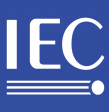
IEC (International Electrotechnical Commission). Founded in 1906, it has a history of more than 90 years. It is the world's earliest established international electrotechnical standardization organization, responsible for international standardization in the fields of electrical engineering and electronic engineering. The authority of the IEC standard is recognized worldwide.
The purpose of IEC is to promote international cooperation on standardization and related issues in the fields of electrical and electronic engineering, and to enhance international mutual understanding. In order to achieve this goal, IEC publishes various publications including international standards, and hopes that its members will use these standards in their country's standardization work if conditions permit in their country.
EN European standard
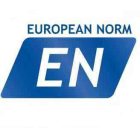
CENELEC and CEN, as well as their joint organization CEN/CENELEC, are Europe’s most important standard-setting bodies.
CENELEC is located in Brussels, Belgium and was formed by the merger of two early institutions. Its purpose is to coordinate the electrical standards promulgated by the standards bodies of relevant European countries and eliminate technical barriers to trade. The members of CENELEC are the national committees of the 12 member states of the European Community and the 7 member states of the European Free Trade Area (EFTA). Except for Iceland and Luxembourg, the remaining 17 countries are all members of the International Electrotechnical Commission (IEC).
BSI UK certification
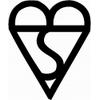
British Standards Institution (British StandardsInstitution; BSI) is the world's first national standardization organization. A non-profit civil society recognized and supported by the British government. Founded in 1901 and headquartered in London. At present, there are more than 20,000 donated members and more than 20,000 committee members. BSI is the British international standards, product testing, and system certification agency.
In the formal international standards organization, BSI represents the United Kingdom and is a permanent member of all senior management committees of the International Standards Organization, the International Electrotechnical Commission, the European Committee for Standardization (CEN) and CLC
Copyright ©2020 Polymer Solutions Limited 粤ICP备2020087627号
